Most results depend on the method—not the promise
You hear about injections. Creams. Suction devices. Laser lifts. They all say the same thing: enhancement without surgery. But what they deliver depends heavily on the method. Some are temporary. Some are subtle. Some don’t do much at all.
Hyaluronic acid fillers can create volume—but not for long. Radiofrequency treatments may tighten skin slightly. Vacuum therapy gives swelling that looks like lift—but fades in days. Fat freezing reshapes nearby areas—but doesn’t enlarge the breast.
And still, many ask. Many hope. They want change without scars. But most non-surgical methods don’t change tissue. They change appearance. For a little while.
Injectable fillers can create short-term volume—but carry risks
In some countries, off-label fillers are injected into breast tissue. They can create roundness. Especially for upper pole fullness. But they don’t last long—usually months. And they’re not FDA-approved for this use in many places.
There’s also risk. Infection. Lumps. Asymmetry. Migration. Fillers move. Breasts don’t like pressure from within. The skin stretches. The product fades. What looks good at first can shift unexpectedly.
And if complications happen, the fix isn’t always simple. Sometimes surgery becomes necessary—not optional. It’s volume—but not structure. Not safety. Not forever.
Devices that lift often give temporary swelling
Vacuum therapies create suction over the breast. They increase blood flow. Sometimes trigger mild collagen response. After a few sessions, there’s swelling. It looks like lift. But within hours—or days—it fades.
It’s sometimes used before events. Or photos. But not for lasting change. For permanent support, skin needs surgical repositioning. These devices don’t cut. But they also don’t hold.
You leave with a boost. You wake up with less. And sometimes, even that small boost feels worth it—until it doesn’t last.
Energy-based treatments can firm—but not reshape
Radiofrequency. Ultrasound. Laser. These all claim skin tightening. And for some, there’s modest improvement. Firmer texture. Slight elevation. Less crepey skin under the breast. But only in mild cases. And only after multiple sessions.
They can’t replace surgery. They don’t remove skin. They don’t move the nipple. They don’t fix sag. But they can make bras fit smoother.
Some patients do it yearly. Some do it between surgeries. Some stop after the first. They work best on younger skin—or as maintenance, not transformation.
Creams and serums create hope—not change
The market is full of promises. Firming creams. Lifting gels. Volume-boosting serums. They hydrate. They plump. They smell nice. But they don’t penetrate deeply. Breast tissue doesn’t respond to topical treatment in meaningful ways.
You may feel smoother. Slightly firmer. But no one grows a cup size from lotion. The surface glows. The deep structure stays the same.
Skin care is important—but it’s not sculpting. It’s support. Not solution.
Non-surgical options may help some—but not all
If your skin is already tight. If you want subtle enhancement. If you fear surgery. Then non-surgical methods might give a small boost. But they won’t change breast shape. They won’t fix volume loss after breastfeeding. They won’t correct aging sag.
They’re best for those who already like what they have—and just want a little more. For real structural change, only surgery can shift tissue in a lasting way.
Even then, the decision is personal. One body might need more. Another less. No single treatment fits all.
The safest results come from realistic expectations
Many clinics overpromise. Use retouched photos. Quote best-case results. But outcomes vary. Most patients don’t get dramatic changes from non-surgical options. Some get none.
The risk is in spending time and money on hope—without clarity. That’s why consultations matter. You need someone who will say no when the answer is no.
A safe plan starts with honesty—not ads. The right provider isn’t just trained—they’re willing to turn you away if it’s not a match.
Some use non-surgical methods as a bridge—not a solution
Before surgery. After surgery. Between pregnancies. Some people use these methods to maintain. To feel better short-term. To try things without commitment. That’s valid.
As long as you know what it’s for. And what it’s not. Bridges are useful—but they don’t replace foundations. They help you cross, not settle.
Some even use them emotionally. To ease into change. To feel in control. It’s not always about size.
Some results come from feeling—not measurement
Patients don’t always want volume. They want confidence. They want to feel balanced. To feel aligned. A tiny lift might change how they walk. How they dress. How they see themselves.
And if a small result gives peace, that’s still valid. The result isn’t always visible to others—but it matters to the person wearing it.
Not every goal is aesthetic. Some are emotional. And that changes what “effective” really means.
The future may offer more—but the present still has limits
Research continues. New techniques emerge. Biostimulators. Injectable scaffolds. External lift devices. But so far, nothing non-surgical has replaced what the scalpel can do.
Yet patients remain hopeful. And hope has value. But hope must be met with facts. That’s how safety grows.
Knowing what’s real—and what’s marketing—matters more than any before-and-after photo ever will.
